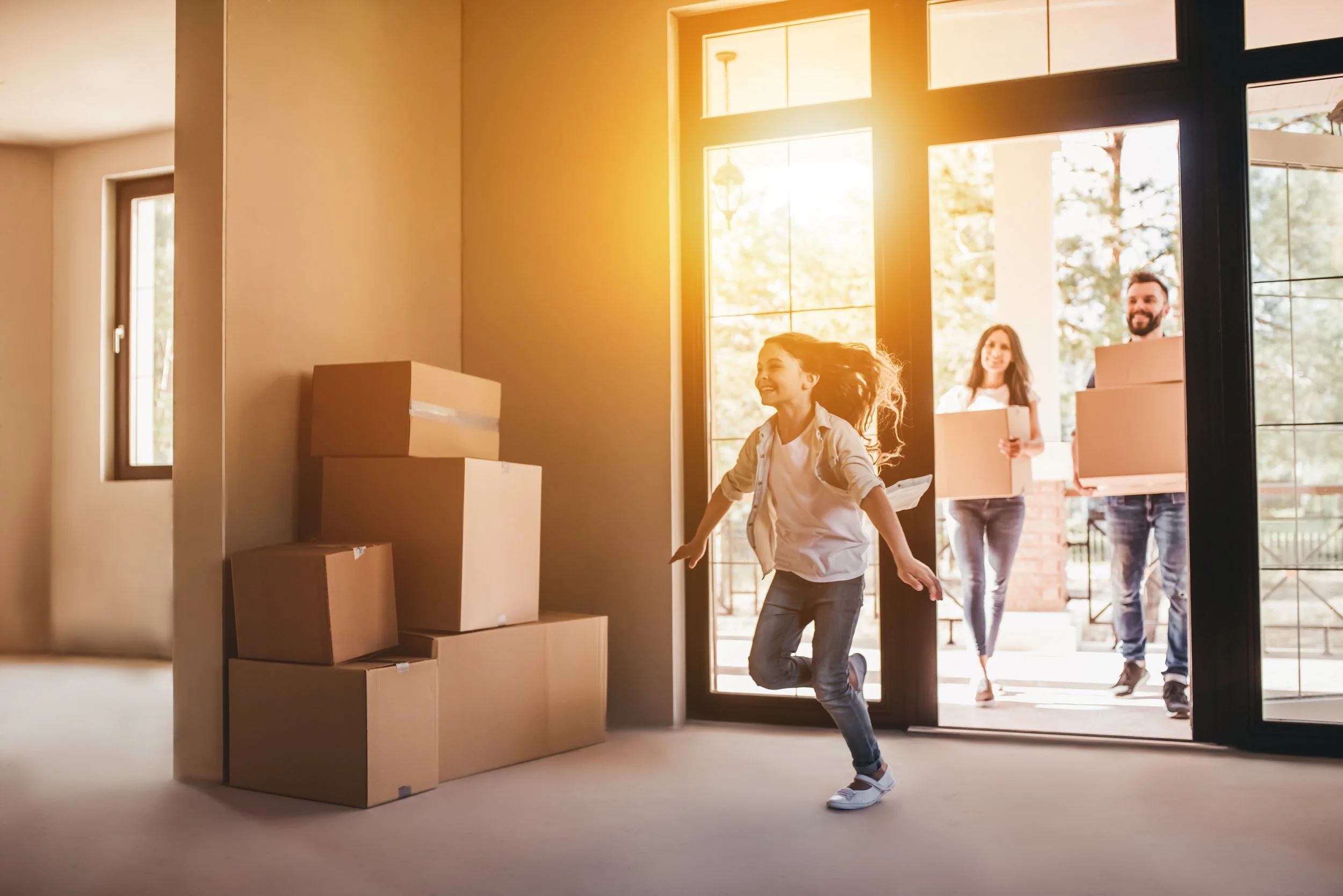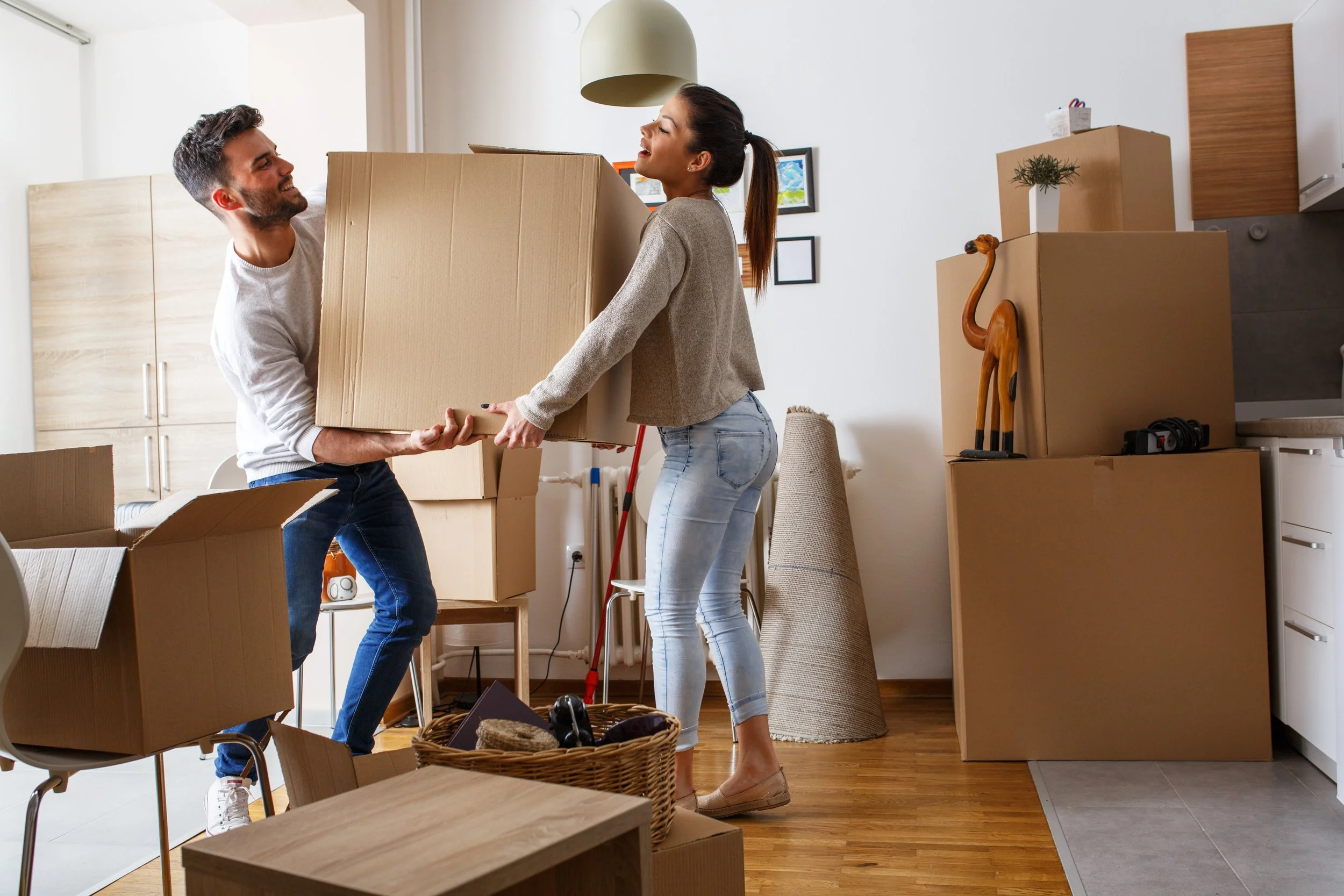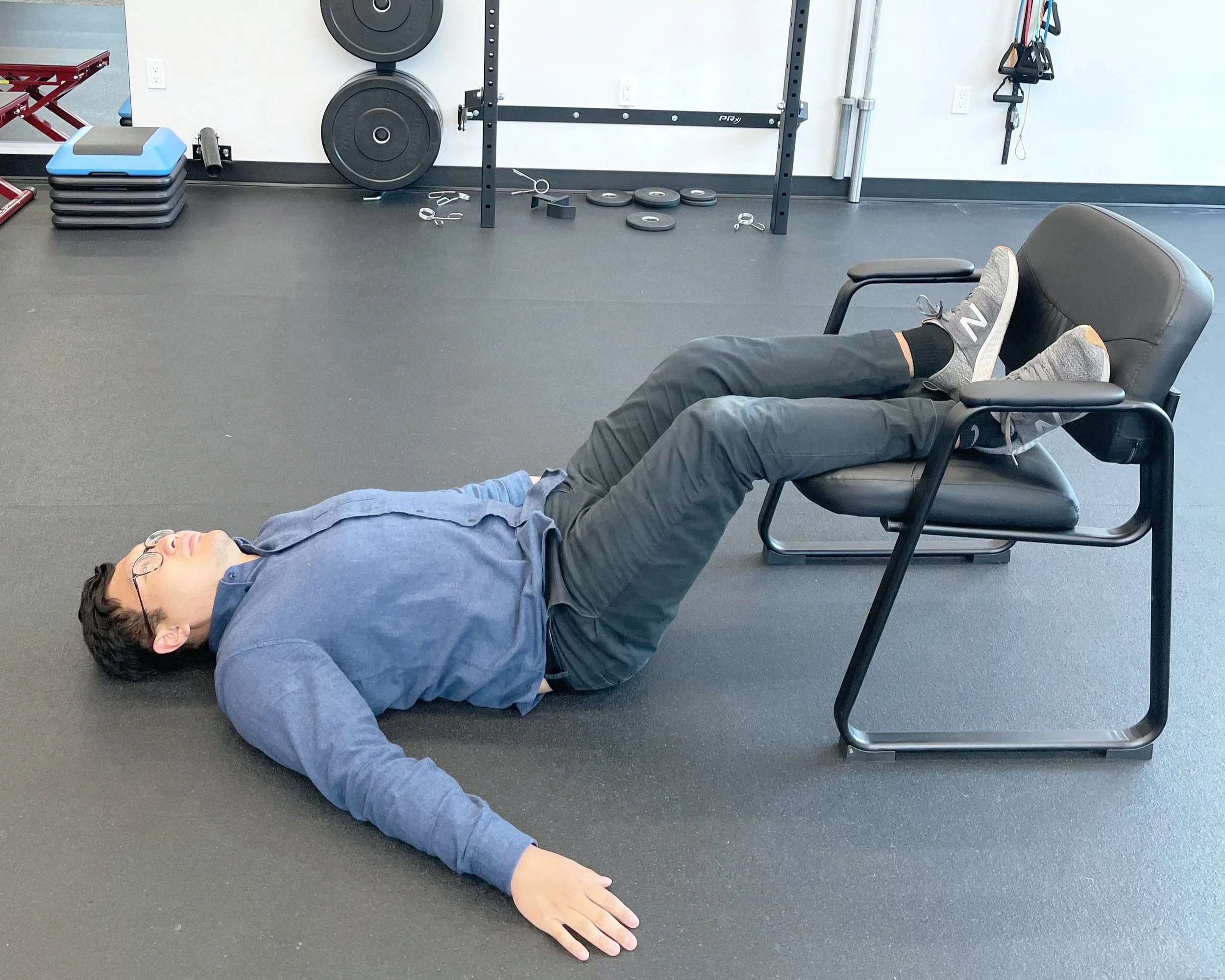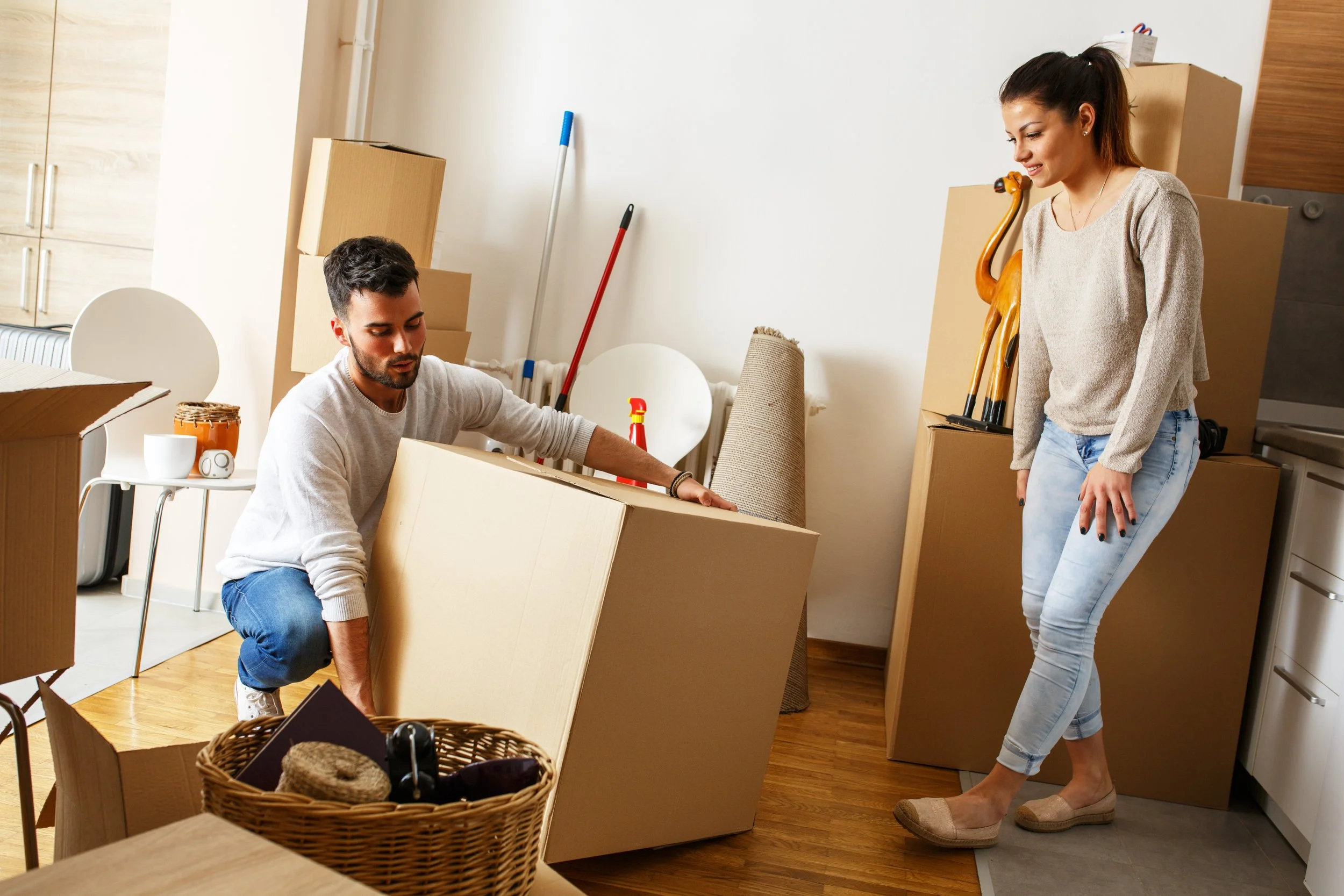Preventing Low Back Pain During a Move
A physical Therapists approach to Moving
Summer is here, which means change is upon us. Whether you spend this time of year gardening, spring cleaning, or taking in the sunshine doing yard work, these kinds of activities require a lot of lifting which could cause a low back strain. I recently moved and I could not help but notice my back feeling sore the next week or so. I was humbly reminded that I am no longer in my early twenties– gone are the days of lifting and carrying with pure strength and little care for form. I quickly learned that if I want to continue being helpful for future moving days, I have to maximize proper movement strategies to minimize all those aches and pains. As your local physical therapist, I wanted to highlight good lifting mechanics and provide some helpful tips that will limit your chance of injury for your next moving day. Let’s talk about proper lifting mechanics. The most important aspect of lifting is to utilize your legs to lift. Generate power through your legs to avoid compensations with your lower back. Follow these steps to help you lift with proper form. Establish a wide base of support with your feet about shoulder width apart, and position the object between your feet. This will help you get into a deeper squat. Make sure to bend at your waist and knees to maximize the use of your legs during the lift. Avoid rounding your back forward and avoid any excessive twisting motions. Keep the box close to your body when carrying items.Take small steps when turning to avoid any rotational strain on your low back. Make sure to perform a squat while lowering items down as well. Move slowly– controlled lowering will help reduce strain on your back.
Helpful tips Here are some considerations to take into account for moving day.
Don’t try to be Superman
Save yourself by saving your back. Avoid lifting and carrying heavy or large items by yourself, and take the time to ask for help. Taking five minutes to ask for help could save you weeks of aggravation to your low back.
Good form, every time
Many low back injuries occur after lifting light items repeatedly, not just after lifting one large item with poor form. Your body will thank you for using good form for those smaller, lighter objects too. Oftentimes, people stoop forward and round their back and shoulders to lift objects off the ground, putting the stress on their back throughout the day. Remember, you have legs– use them!
Take a break and stretch
As much as I do not want to admit it, my muscular strength and endurance is not what it used to be. With increased fatigue comes sloppy form and inattention to detail, which leads to a more significant likelihood of injury. No one has perfect form 100% of the time, but recognizing when this is happening is important. Take breaks throughout your activity. Here are some helpful stretches you can do while you recover on your break.
Kitchen sink stretch:
Find something sturdy to hang onto such as the end of a kitchen sink and shift your weight backwards. Hold for about 30 seconds while taking deep breaths. Try to sink deeper with each exhale.
Spinal roll down on wall:
Stand 2-4 inches away from the wall with feet shoulder width apart. Press your head, shoulders and back against the wall. Starting with your head and moving towards your low back, slowly peel away from the wall as if you are reaching for your toes– tucking your chin down, then curling your upper back, middle back, and lower back off the wall in sequence. Make sure to press your low back against the wall as your shoulder blades come off. Then, return to the starting position by reversing the movement. Remember to move slowly throughout. Click here for a video of how to perform this exercise.
Lie down with your feet elevated on a chair:
Grab a chair and set it in an open space where you will have room to lie down. Place your lower legs on the chair, such that the back of your knees are resting on the edge of the chair. This will help relieve some stress and pressure on your back. Hang out here for a few minutes during your rest break.
Measure twice and lift once
Take the time to measure out dimensions of large pieces of furniture and the tight spaces you are going to navigate through. Being stuck performing a sustained hold on a heavy object will significantly increase your chance of getting injured, especially if you are holding the object in an awkward position. The last thing you want is to be stuck in a stairwell yelling “Pivot! Pivot!” What to do if an injury occurs? In the unfortunate even that you do experience low back pain, come see your local physical therapist. Physical therapy can help you with pain management strategies and provide a treatment program that will both resolve the low back pain as well as help prevent any future injuries from occurring. Our main focus is to get you pain-free, moving properly and safely, and ready for the next challenge!
What to do if a Lower Back injury occurs?
In the unfortunate even that you do experience low back pain, come see your local physical therapist. Physical therapy can help you with pain management strategies and provide a treatment program that will both resolve the low back pain as well as help prevent any future injuries from occurring. Our main focus is to get you pain-free, moving properly and safely, and ready for the next challenge!
What can physical therapy do for you?
A back injury can lead to inactivity, weight gain, and frankly decreased enjoyment with normal activities. When asked about this Dr. Irene Young, MD in Bellevue commented, “Physical therapists play a critical role as they work with patients on a more frequent basis and can oversee their balance and strengthening program.”
Physical therapy can help you recover or prevent and injury by working to improve your strength, mobility, and balance. Starting a home exercise program under supervision of a PT is a proactive way to stay safe and reduce your fall risk. Stop in and see your physical therapist today!
AUTHOR:
Hork Do, PT, DPT
LWPT Redmond Physical Therapist
CONTRIBUTORS:
Dr. Gary Chimes, MD
Lake Washington Sport & Spine Physiatrist
Dr. Irene Young, MD
Swedish Physical Medicine & Rehabilitation
Ben Wobker, PT, MSPT, CSCS, CFSC, SFMA
Founder & Director Lake Washington Physical Therapy
References
Moreland B, Kakara R, Henry A. Trends in Nonfatal Falls and Fall-Related Injuries Among Adults Aged ≥65 Years - United States, 2012-2018. MMWR Morb Mortal Wkly Rep. 2020;69(27):875-881. Published 2020 Jul 10. doi:10.15585/mmwr.mm6927a5
Parkkari J, Kannus P, Palvanen M, Natri A, Vainio J, Aho H, Vuori I, Järvinen M. Majority of hip fractures occur as a result of a fall and impact on the greater trochanter of the femur: a prospective controlled hip fracture study with 206 consecutive patients. Calcif Tissue Int, 1999;65:183–7.
Ambrose AF, Paul G, Hausdorff JM. Risk factors for falls among older adults: a review of the literature. Maturitas. 2013 May;75(1):51-61. doi: 10.1016/j.maturitas.2013.02.009. Epub 2013 Mar 22. PMID: 23523272.
Facts about falls. Centers for Disease Control and Prevention. https://www.cdc.gov/falls/facts.html. Published August 6, 2021. Accessed January 5, 2022.
Vellas BJ, Wayne SJ, Romero LJ, Baumgartner RN, Garry PJ. Fear of falling and restriction of mobility in elderly fallers. Age Ageing. 1997 May;26(3):189-93. doi: 10.1093/ageing/26.3.189. PMID: 9223714.
Keller K, Engelhardt M. Strength and muscle mass loss with aging process. Age and strength loss. Muscles Ligaments Tendons J. 2014;3(4):346-350. Published 2014 Feb 24.







